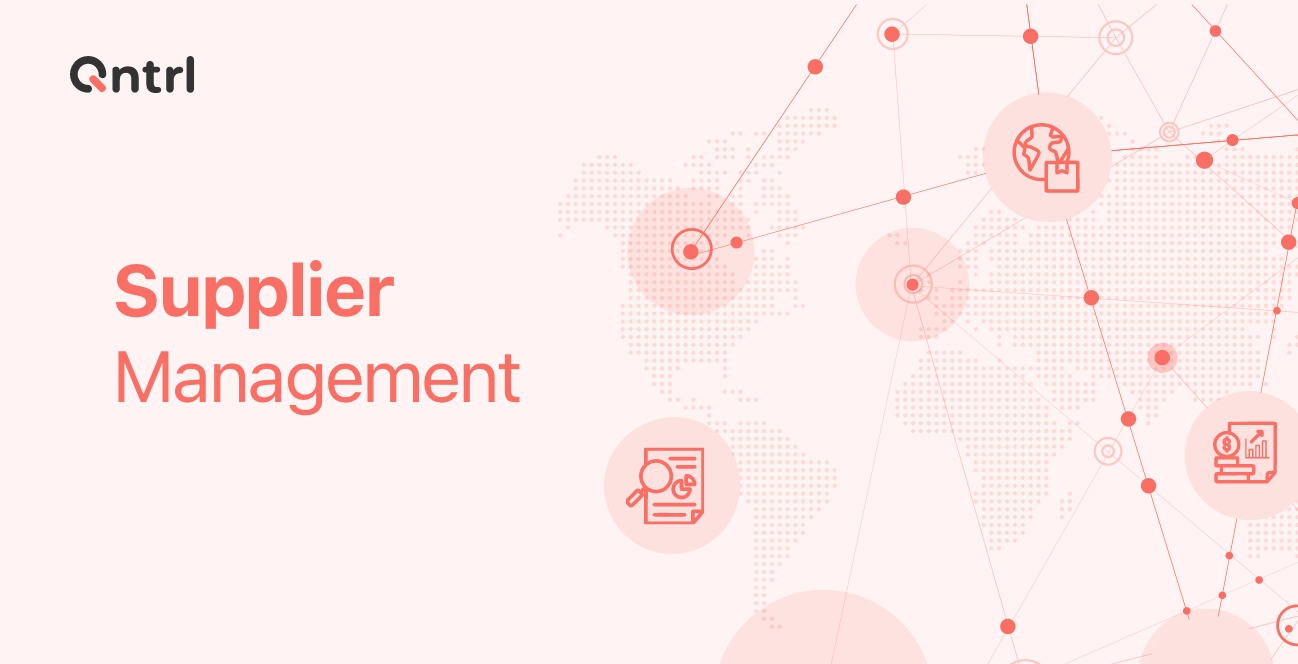Understanding the risks in risk management
The scope of risk management in procurement-based businesses is rich, covering a plethora of concepts, like procuring external vendors to support the organization's operations. The complex process involves various stakeholders, including suppliers, buyers, and management.
Observing industry standards has proven that the traditional procurement process, involving manual processes such as sending purchase orders, negotiating prices, and managing invoices, is time-consuming and prone to errors.
Congestion aspects in existing processes
Congestion and bottlenecks in a risk management procurement company can occur when there are delays or blockages in the procurement process, leading to delays in outputs, insufficient resources, and incomplete projects. This can result in increased error-prone last-minute decisions, missed deadlines, and higher performance costs.
These issues can arise from various factors, such as improper planning of resources, poor communication, or inefficient processes. Addressing congestion and bottlenecks requires identifying the root cause of the problem and implementing solutions to streamline the procurement process and improve communication and coordination within the organization.
Some of the common pain points and congestion challenges that organizations face in managing their procurement processes efficiently include:
Limited resources. Risk management procurement companies often operate with limited staff, technology, and funding resources. As a result, they may struggle to keep up with the growing demand for their services, leading to delays in delivering projects and services.
Complex procurement processes. Procurement processes in risk management are often complex and involve multiple stakeholders, including suppliers, regulators, and internal teams. This complexity can result in delays, increased costs, and difficulties in managing risk and ensuring compliance.
Lack of standardization. Risk management procurement processes may lack standardization, making it difficult to manage procurement activities consistently across multiple projects and teams.
Data management challenges. Risk management procurement processes generate large amounts of data that must be managed effectively. Data management challenges may include data quality, security, and analysis.
Compliance and regulatory requirements. Risk management procurement companies are often subject to compliance and regulatory requirements that complicate their procurement processes. The need for specialized expertise to manage regulatory compliance becomes essential.
It’s critical for companies in this industry to address these pain points by investing in resources, standardizing processes, improving data management, and ensuring compliance with regulations.
You can learn how powerful collaboration works on Qntrl here.
Eliminate high variables that cause human error.
With the advent of business process management software, procurement processes have become more efficient and effective.
The design of these platforms has boldly addressed the issue of fragmented tasks in operations, which often slow down team productivity and result in a loss of essential time and labor that could be better utilized for growing the business.
Business process management (BPM) platforms can eliminate the errors that spreadsheets and equivalent manual processes often produce when data scales. BPM and workflow automation have become critical aspects of risk management for scaling businesses.
Take a close look at where your operations might need improvement
A lack of real-time visibility into supplier performance. Procurement-based companies often need help gaining real-time visibility into supplier performance, which can result in a lack of insight into potential risks. Automation helps by providing real-time data and analytics to identify and mitigate potential risks.
Inadequate due diligence on suppliers. Inadequate due diligence can lead to increased risk exposure for procurement-based companies. Automation can help by providing comprehensive supplier due diligence and risk assessments, reducing the risk of supplier failure and non-compliance.
Limited risk mitigation strategies. Procurement-based companies often struggle with limited risk mitigation strategies, resulting in potentially unaddressed risks. Automation can provide a range of risk mitigation strategies, including risk transfer, risk avoidance, and risk reduction.
Time-consuming compliance reporting. Compliance reporting is time-consuming and can lead to compliance issues if not done correctly. Automation can help by automating compliance reporting to ensure accurate and timely reporting.
Inefficient supplier performance tracking. Manually tracking supplier performance can be inefficient and time-consuming, leading to missed opportunities to improve performance and mitigate risks. Automation can help by providing automated supplier performance tracking to ensure timely identification of issues and opportunities for improvement.
Take a close look at Qntrl procurement process here.
Streamlining procurement: Benefits of automation
Automation can help procurement-based companies manage risk by providing real-time data and analytics, streamlining the contract management process, providing comprehensive supplier due diligence and risk assessments, providing a range of risk mitigation strategies, automating compliance reporting, and providing automated supplier performance tracking.
Procurement businesses that use a BPM and automation platform stand to gain significant advantages.
Automation to the very last detail
Furthermore, the BPM platform ensures that all relevant data is captured accurately, greatly reducing the risk of grave manual errors and helps ensure that the process is completed correctly. This is particularly important for procurement businesses because the process involves complex tasks that require great attention to detail.
In addition to increased accuracy and efficiency, procurement process automation reduces the need for manual labor. This results in cost savings for the organization, a significant benefit for businesses looking to streamline their procurement process.
Integrate transparency and security
Another advantage of using a BPM and automation platform for procurement businesses is improved transparency. The software provides real-time visibility into the procurement process, enabling organizations to track progress and identify any issues that may arise. This level of transparency is crucial in ensuring that the procurement process runs smoothly and all stakeholders are on the same page.
Lastly, the software incorporates security measures to protect sensitive data and ensure compliance with relevant regulations. This enhanced security feature ensures that data is kept safe and the procurement process is conducted per applicable laws and regulations.
Some key takeaways:
- Procurement involves multiple stakeholders, including suppliers, buyers, and management.
Traditional procurement processes are time-consuming and prone to errors, leading to delays and increased business costs.
BPM software can help streamline the procurement process and reduce the risk of errors, which is critical for scaling businesses.
Qntrl automates the procurement process, provides real-time data and analytics, streamlines contract management, mitigates supplier risk, provides compliance reporting, and automates supplier performance tracking.
Using a BPM and automation platform for procurement brings businesses numerous benefits, including increased accuracy, reduced costs, improved transparency, and enhanced security.








